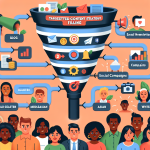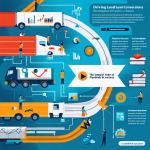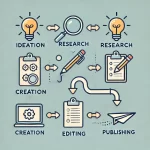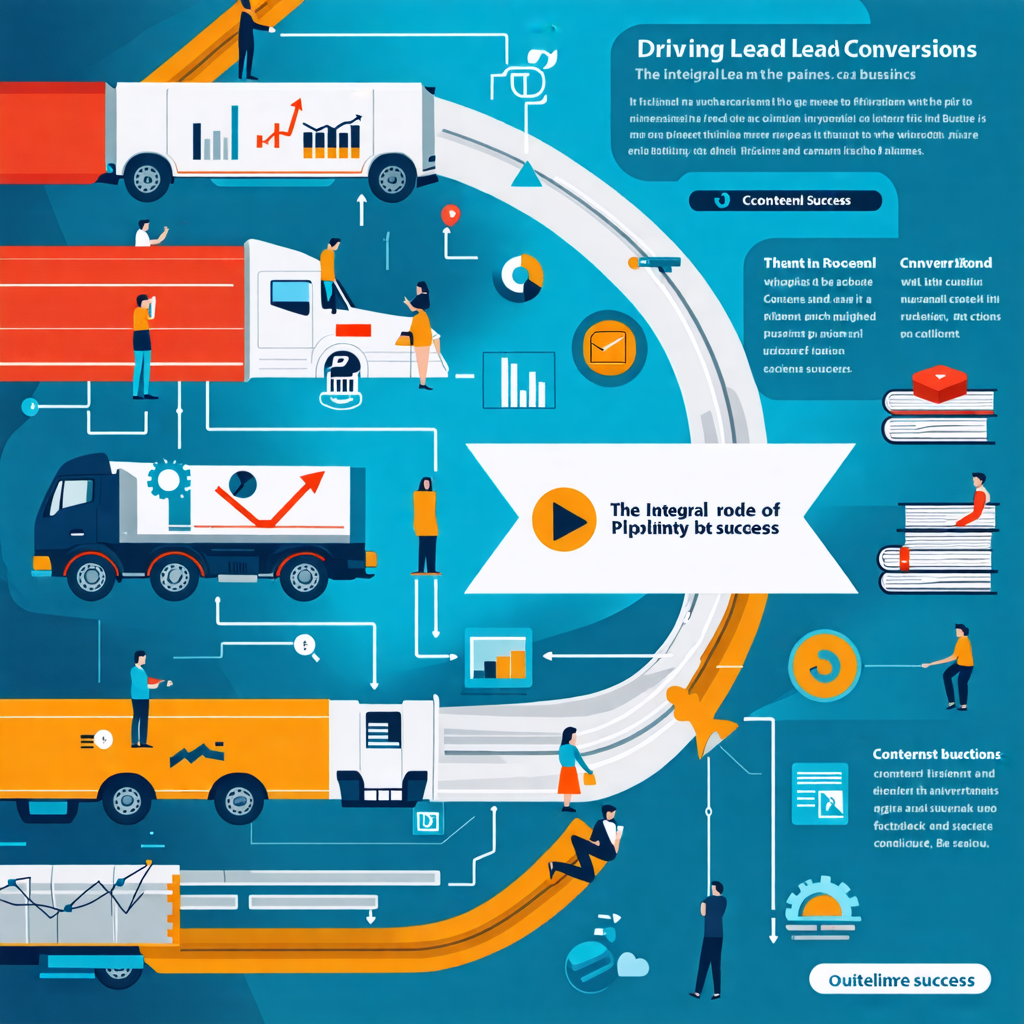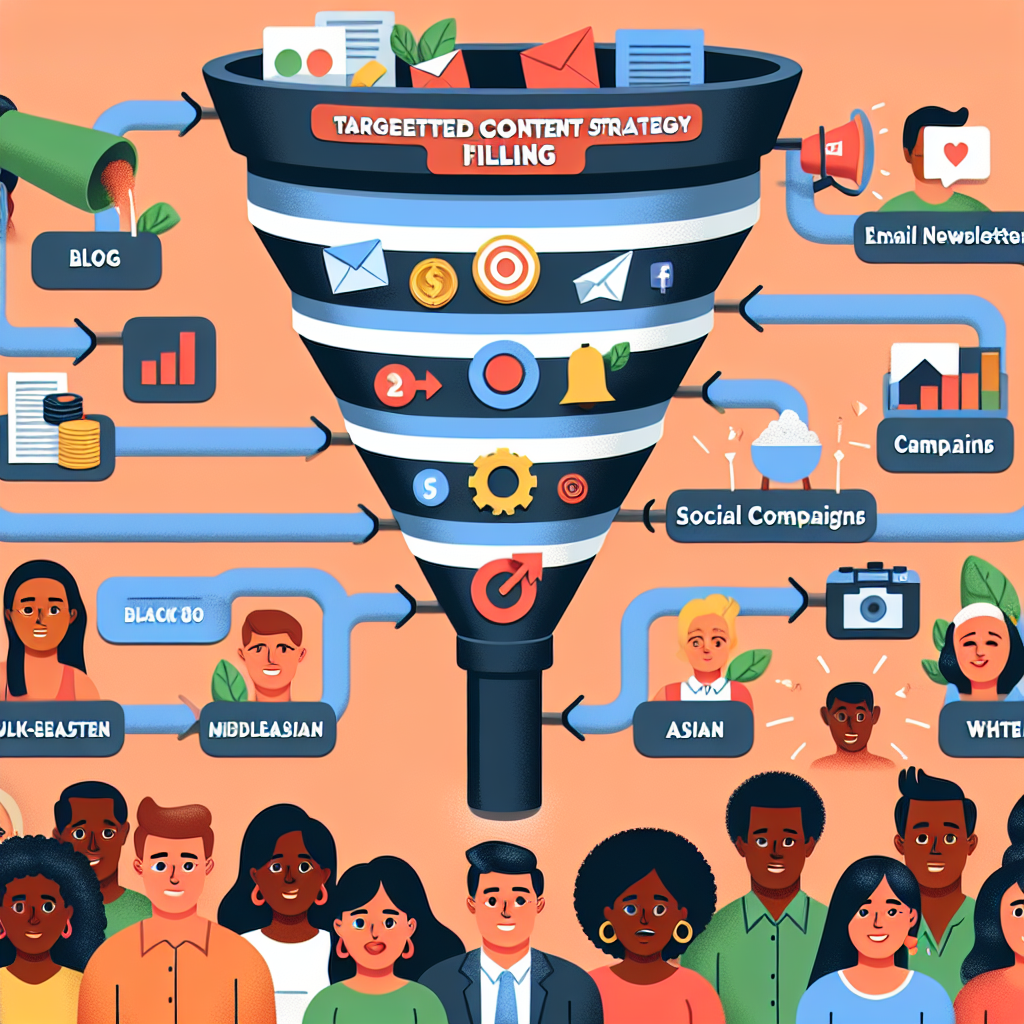Introduction
Having a robust and targeted content strategy is crucial for businesses looking to fill their sales pipelines. A targeted approach ensures that the right content reaches the right audience, increasing engagement and conversion rates.
In today’s digital landscape, content is a powerful tool for generating leads and driving sales. As businesses strive to capture the attention of potential customers, a well-crafted content strategy can set you apart from the competition.
The importance of this topic cannot be overstated. According to recent data, companies with a well-defined content strategy are more likely to achieve their marketing goals. This article will delve into key aspects of creating a targeted content strategy, divided into several sections for easy navigation.
Main Points
Understanding Your Audience
Knowing your target audience is the cornerstone of an effective content strategy. By creating detailed buyer personas, you can tailor content to meet the specific needs and interests of your potential customers. For more on this, check out our Building an Effective Content Marketing Pipeline.
Research shows that personalized content drives 6 times higher conversion rates than non-personalized content. Utilize tools like surveys, social media analytics, and CRM data to gather insights about your audience.
Creating High-Quality Content
The quality of your content can significantly impact your engagement rates. High-quality content is informative, well-written, and visually appealing. Consider incorporating various content types like blogs, videos, infographics, and whitepapers to appeal to different audience preferences. Learn more about this in our Efficient Content Creation Pipeline Guide.
According to HubSpot, companies that publish 16 or more blog posts per month get 3.5 times more traffic than companies that blog four times or less.
SEO Optimization
Optimizing your content for search engines is essential for visibility. Utilize keyword research tools to identify relevant keywords and integrate them naturally into your content. On-page SEO elements like meta descriptions, header tags, and alt text also play a significant role.
Statistics reveal that over 50% of web traffic comes from organic search, emphasizing the importance of a solid SEO strategy.
Distribution Channels
Even the best content needs an effective distribution plan. Leverage multiple channels such as social media, email marketing, and guest blogging to amplify your reach. Consider paid promotions to boost visibility further. To see how this can be done effectively, read Mastering Content for Each Stage of the Buyer’s Journey.
A study by Content Marketing Institute found that 87% of successful content marketers use social media platforms to distribute their content.
Context and Background
The concept of content marketing dates back to the early 1900s when companies like John Deere began publishing magazines to educate farmers. This practice has evolved significantly with the advent of the internet and digital marketing.
In the early 2000s, blogs became a popular tool for businesses to engage customers. Today, with the rise of social media and advanced analytics, businesses can create more targeted and effective content strategies.
While there is widespread agreement on the importance of a targeted content strategy, some companies still struggle to implement it effectively due to a lack of resources or expertise. However, the evolution of marketing tools and technologies continues to make this process more accessible.
Practical Applications
Implementing a targeted content strategy can lead to numerous real-world benefits, including increased website traffic, higher engagement rates, and improved lead generation. By focusing on content that addresses the pain points and interests of your audience, you can build stronger relationships and drive sales.
Tools like Google Analytics, SEMrush, and HubSpot can aid in developing and measuring the effectiveness of your content strategy. Techniques such as A/B testing and customer feedback analysis can help refine your approach over time.
While challenges such as content saturation and changing algorithms do exist, staying updated with the latest trends and regularly revisiting your strategy can help you overcome these hurdles.
Looking to the future, advancements like artificial intelligence and machine learning are expected to further transform content marketing, offering even more personalized and automated solutions.
Conclusion
In summary, a targeted content strategy is essential for filling your sales pipeline effectively. By understanding your audience, creating high-quality content, optimizing for search engines, and utilizing diverse distribution channels, you can achieve impressive results.
The significance of adopting a well-structured content strategy is evident, with numerous benefits and successful case studies to support it. Consider taking the discussed steps to enhance your current strategy and stay ahead in the competitive digital landscape.
For further exploration, refer to resources from industry leaders like Content Marketing Institute, HubSpot, and Moz. Engage with this article by sharing your insights and experiences in the comments section.
Stay informed about the latest in content marketing by subscribing to our newsletter. Apply these insights in your work and witness the tangible impact on your business growth.
Related Posts:
Efficient Content Creation Pipeline Guide (90.12% match)
Building an Effective Content Marketing Pipeline (89.75% match)
Mastering Content for Each Stage of the Buyer’s Journey (88.88% match)



